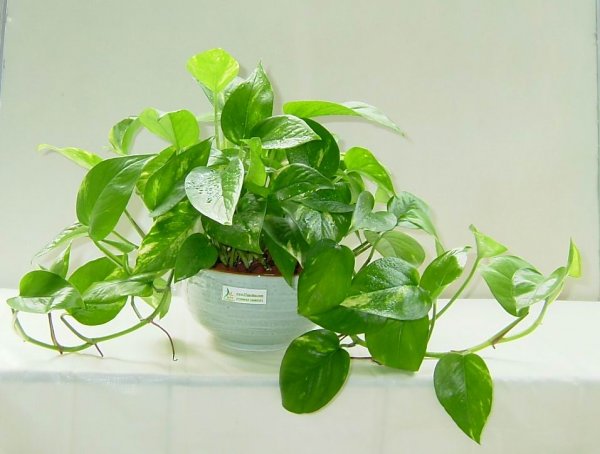How to plant tulips in potted plants
How to cultivate tulips, how to cultivate tulips, how to plant tulips
How to plant tulips
For tulip cultivation, it is necessary to choose mature, sturdy, solid, intact, high-quality bulbs, free from disease and insect spots. The cultivated soil should be fertile, loose and well drained. It should remain slightly acidic (PH6-8. 5). Avoid alkaline soil and heavy soil. Plants must rotate with other crops. Potted plants should be replaced by cultivated soil every year. Tulips, like fertilization, can be used as a mixture of base fertilizer with rotten leaves, rotten cakes and bone meal, and used as topdressing during the growing season.

Tulips like the sun, the ground should be sucked into the sun, and potted plants can be placed in sunny rooms. The suitable temperature for growth and flowering is 15-20 °C, 20-25 °C in summer and no less than 5 °C in winter.
Tulips are planted from October to November. After planting, water it once and cover it with straw in winter to prevent freezing. After spring buds are unearthed in spring, normal management will be carried out. Applying decomposed pancake fertilizer every 7 to 10 days and applying some phosphorus and potassium fertilizer before budding can blossom early. Usually keep the soil moist, but there should be no water, and the soil should be kept dry after flowering to facilitate the expansion and formation and growth of new balls.
In the middle and late June, the aboveground part of the plant is all yellow, the new bulb of the underground part is mature, and the bulb forms and grows to a certain size. At this point, the soil can be excavated, dried, and stored in a ventilated and dry place after the mud. It needs to be between 20 °C and 25 °C, and the higher height should not exceed 30 °C. When collecting, we should pay attention to prevent the fiber membrane color skin of the bulb and the surrounding root primordium from damaging the horseshoe-shaped corm, which is highly sensitive to pathogens.
Most of the factors leading to the degradation of tulips come from diseases and insect pests. In planting and management, the soil should always be loosened. Herbicides use drugs to spray poisonous insects. If pests such as whiteflies, mites and worms are found, you can spray dimethoate and marathons. For underground nematodes, 80% dichloropropane (1JUR 150) can be diluted with water and sprayed with culture soil, but should be carried out two weeks before planting.
In early spring, it rains or the soil is so viscous that it is easy to get sick. Usually, the tawny spots on the bulbs gradually enlarge, blacken and contract, and the plants fall and die, which is caused by half-known bacteria in the fungi. As soon as diseased plants are found, they are controlled, condensed and burned. Pentanitrobenzene was mixed with fine soil (1. 25) and extracted from plants for control. Symptoms such as stripes and spots caused by pathogens in leaves and flowers can be controlled by spraying 1, 1, 1, 100 Bordeaux solution and 1000 times antibacterial solution.
Focus on WeChat account: xiaobency shares around 9: 00 every day, and 10000 people listen.
Time: 2019-05-16 Click:
- Prev

How to cultivate green pineapple
Green radish is a very popular plant in this family. Because green radish is well cultivated, it can survive as long as it meets water. Therefore, the green pineapple is called the flower of life. Green radish can also purify the air, absorb impurities in the air, absorb formaldehyde and other harmful gases. It is also called green purifier.
- Next

Propagation methods and matters needing attention of green flowers and penglai
The Penglai plant is an evergreen leaf that is evergreen all the year round. This is a very beautiful visual enjoyment. It is called the name because its overall shape is very similar to that of five-needle pine. It is also an ideal potted flower for interior decoration. It is very popular, and its reproduction methods mainly include sowing and ramet.
Related
- Fuxing push coffee new agricultural production and marketing class: lack of small-scale processing plants
- Jujube rice field leisure farm deep ploughing Yilan for five years to create a space for organic food and play
- Nongyu Farm-A trial of organic papaya for brave women with advanced technology
- Four points for attention in the prevention and control of diseases and insect pests of edible fungi
- How to add nutrient solution to Edible Fungi
- Is there any good way to control edible fungus mites?
- Open Inoculation Technology of Edible Fungi
- Is there any clever way to use fertilizer for edible fungus in winter?
- What agents are used to kill the pathogens of edible fungi in the mushroom shed?
- Rapid drying of Edible Fungi

